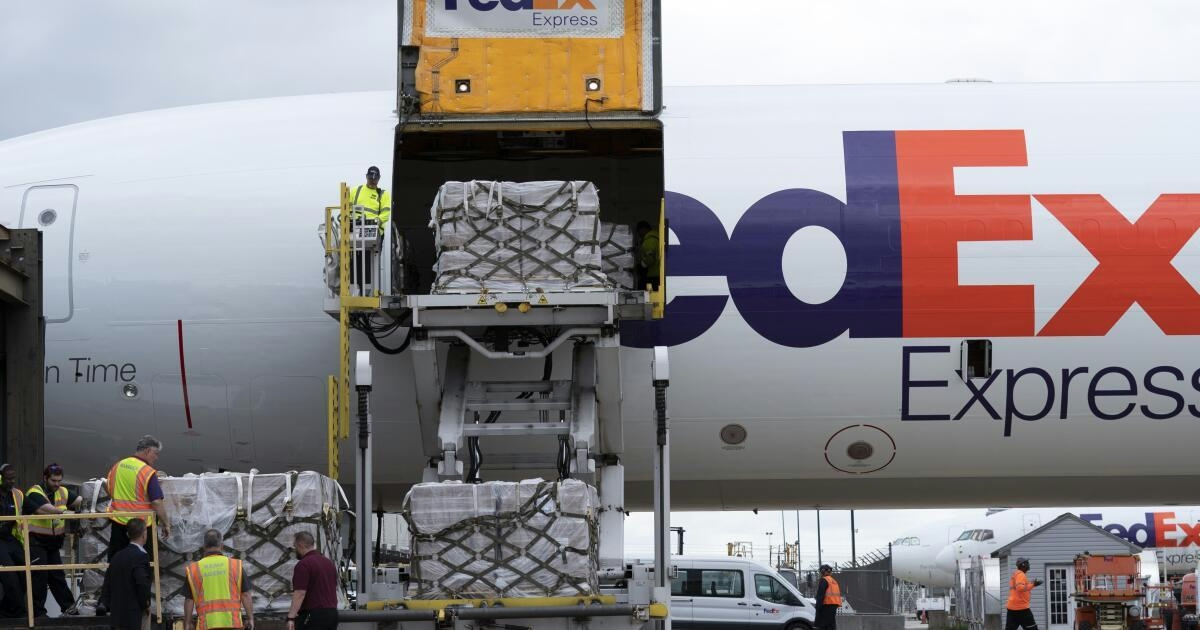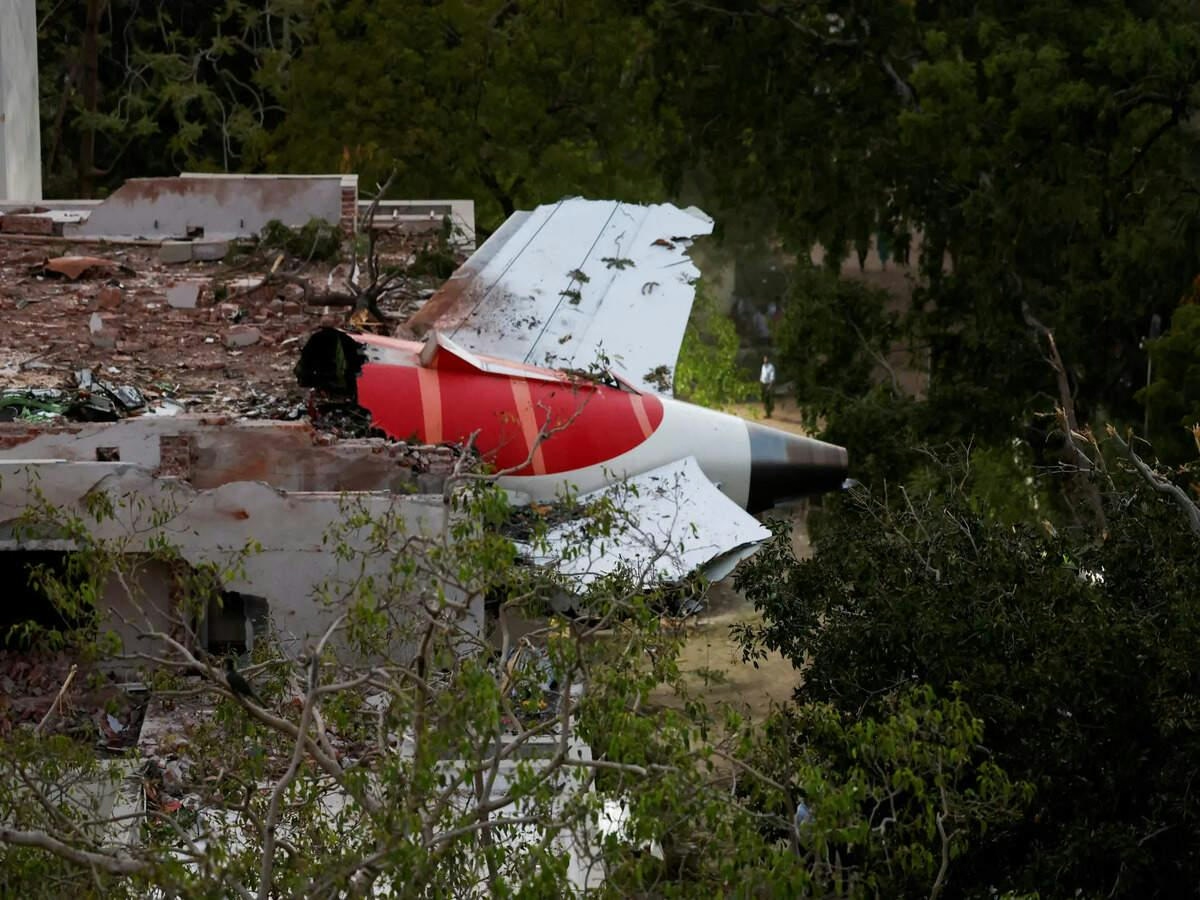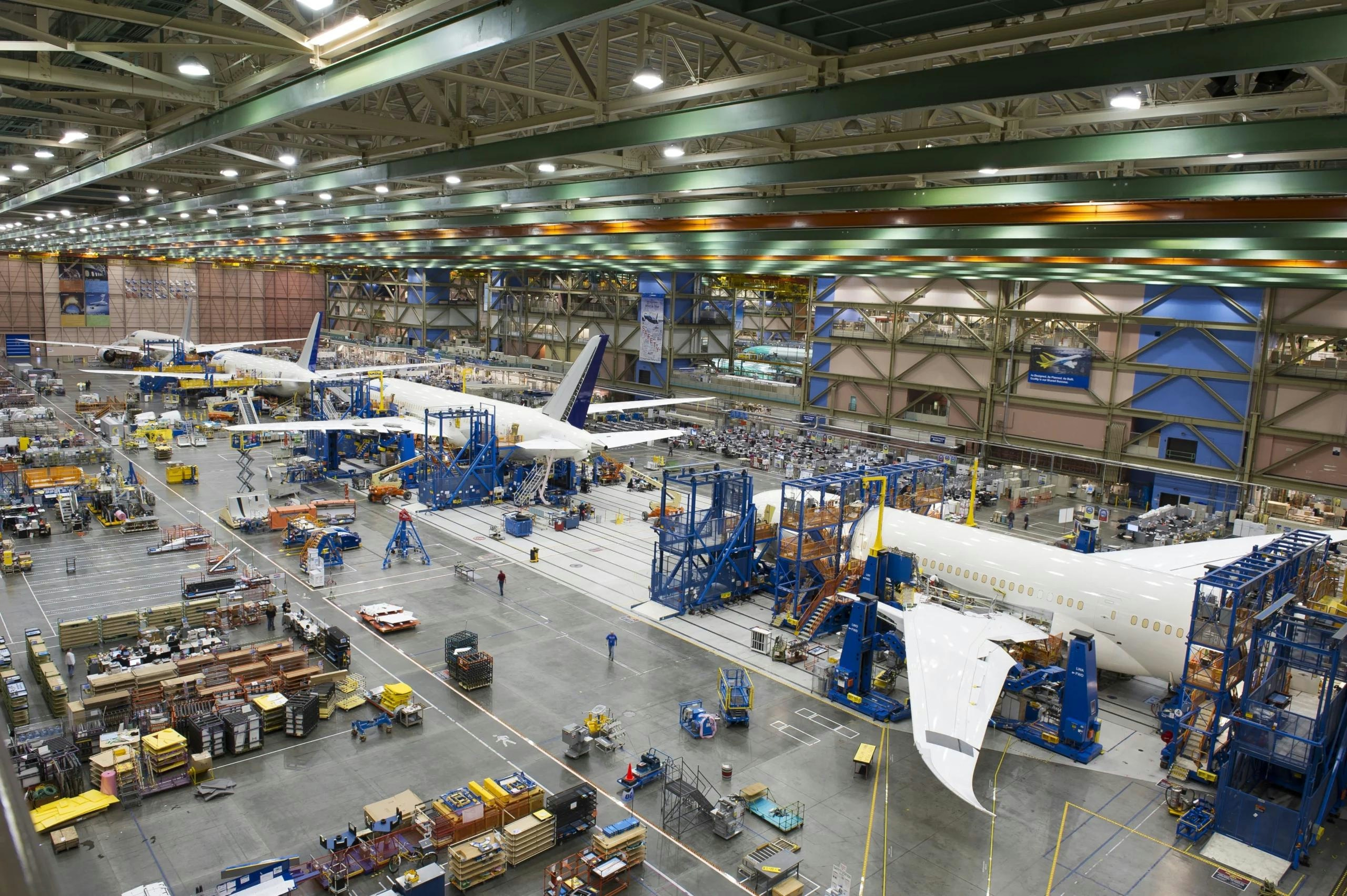
AeroGenie: Su copiloto inteligente.
Tendencias
Categories
Jet engine with fiery history in Chicago is focus of UPS plane crash investigation

Jet Engine with Troubled History Under Scrutiny in UPS Plane Crash Investigation
Federal investigators are concentrating on a jet engine with a problematic past as they examine the recent UPS cargo plane crash in Louisville, Kentucky. The MD-11 aircraft, which crashed shortly after takeoff on Tuesday, had been out of service for six weeks prior to the accident while undergoing extensive maintenance at an aviation service center in San Antonio, Texas.
Chicago Connection and Engine Failure
One of the aircraft’s final flights before maintenance was from Chicago O’Hare International Airport to Louisville, underscoring Chicago’s role in the ongoing investigation. The crash occurred as the Hawaii-bound UPS jet reached an altitude of just 475 feet and a speed of 210 miles per hour. At that moment, the plane’s left engine—a 34-year-old General Electric CF6 model—detached from the wing and was later recovered on the airfield. The engine’s apparent explosion and separation have become the primary focus for federal authorities.
This incident is not the first time the GE CF6 engine has been implicated in catastrophic failures. In 2016, an American Airlines Boeing 767 equipped with the same engine type experienced an uncontained engine failure and fire during takeoff at O’Hare, resulting in an emergency evacuation and multiple injuries. That event marked the fourth such failure involving GE CF6 engines, prompting immediate federal inspections and calls for their removal from service due to safety concerns.
The Louisville crash also recalls the infamous 1979 disaster at Chicago’s O’Hare airport, where a similar engine detachment led to a fatal crash. These historical parallels have intensified scrutiny of the GE CF6 engine’s reliability and the effectiveness of subsequent safety and maintenance improvements.
Ongoing Investigation and Industry Implications
At the time of this week’s crash, the GE CF6 engine had undergone years of safety upgrades designed to prevent uncontained failures. Despite these measures, a critical malfunction occurred on Tuesday evening. Investigators from the National Transportation Safety Board (NTSB) are currently reviewing six weeks of maintenance records, including detailed job cards and inspection logs, to determine whether recent work contributed to the failure.
“We have actually started to pull those records down,” said NTSB board member Todd Inman during a Thursday briefing in Louisville. “We have a specific group that has experts in not only maintenance but preparing job cards and all the requirements of that.” Inman also noted that the agency is examining CCTV footage from the Texas maintenance facility to track access and work performed on the aircraft.
Records indicate the plane underwent repairs from September 3 to October 18, addressing fuel tank and fuselage issues. Given the aircraft’s age, the maintenance would have involved a comprehensive checklist.
Beyond the technical investigation, the crash has attracted significant attention from the aviation industry and market analysts. The repeated involvement of GE CF6 engines in high-profile incidents has raised concerns about their long-term safety and reliability, with potential ramifications for engine manufacturers and airline operators worldwide. Competitors and regulators are closely monitoring the investigation’s findings, which could influence future safety protocols and market dynamics within the aviation sector.

Huntington Beach Considers Vertical Taxi Pilot Program

Flight Reductions Threaten Timely Delivery of Critical Goods to LAX and Other Airports

Archer Aviation Shares Decline Amid Market Volatility

Airbus Secures Largest Aircraft Order of the Year

Debate Continues Over Responsibility for Air India Crash

Beta Electric Aircraft May Join Signature’s Florida FBO Network

Rolls-Royce Unveils 1,000-HP Merlin-Powered Car Honoring Aviation Legacy

Canadore College Opens Simulation Wing at Aviation Campus

Boeing Ramps Up 787 Production in South Carolina with $1 Billion Expansion
